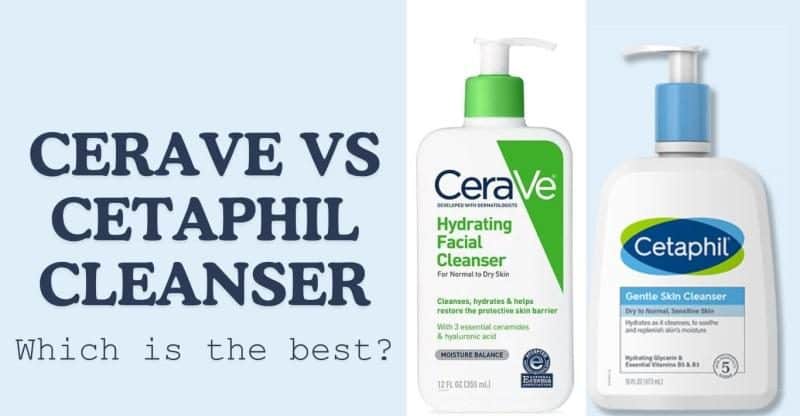Bringing a new life into the world is a joyous and transformative experience. As a breastfeeding mother, you prioritize the health and well-being of your baby above all else. However, you might also be curious about maintaining your skincare routine, particularly when it comes to products like retinol. Is it safe to use retinol while breastfeeding? In this comprehensive guide, we’ll explore this question and provide you with the information you need to make an informed decision.
Understanding Retinol
Retinol, a derivative of vitamin A, is a popular skincare ingredient known for its anti-aging and skin-renewing properties. It’s widely used to address issues like fine lines, wrinkles, and acne. However, its use during pregnancy and breastfeeding has raised concerns due to potential risks.
Safety Concerns
1. Skin Absorption
During pregnancy and breastfeeding, your body goes through significant changes. One concern with retinol is that it can be absorbed through the skin and potentially reach your bloodstream. While the exact amount absorbed can vary, there is a possibility of transfer to your baby through breast milk.
2. Potential Risk to the Baby
Excessive vitamin A intake can be harmful to a developing baby. High doses of vitamin A (including retinol) have been associated with birth defects in some studies. While the amounts absorbed through skincare products are typically low, it’s essential to exercise caution.
Safe Practices for Skincare While Breastfeeding
1. Consult Your Healthcare Provider
Before using any skincare product containing retinol while breastfeeding, consult your healthcare provider. They can provide personalized guidance based on your specific situation.
2. Consider Alternatives
If you want to address skin concerns but are concerned about retinol, consider alternative skincare ingredients that are generally regarded as safe during breastfeeding. These may include hyaluronic acid, glycolic acid, or antioxidants.
3. Patch Test

If your healthcare provider approves the use of a retinol product, perform a patch test first to check for any adverse reactions. Apply a small amount to a discreet area of your skin and monitor for irritation or allergies.
4. Limit Usage
If you decide to use a retinol product, do so sparingly and as directed. Less is often more, and using a lower concentration may reduce the risk of absorption.
5. Observe Your Baby
Keep an eye on your baby for any unusual symptoms or reactions while using retinol. If you notice anything concerning, consult your healthcare provider immediately.
Conclusion
The decision to use retinol while breastfeeding is a personal one that should be made with careful consideration and professional guidance. While the risks associated with topical retinol use are generally low, it’s essential to prioritize the safety of your baby.
Remember that every person’s situation is unique, and what works for one may not work for another. If you’re uncertain about using retinol or any skincare product while breastfeeding, consult your healthcare provider. They can offer tailored advice to ensure that your skincare choices align with the well-being of both you and your baby. Maintaining healthy, glowing skin is achievable while breastfeeding, but it should always be done thoughtfully and safely.





